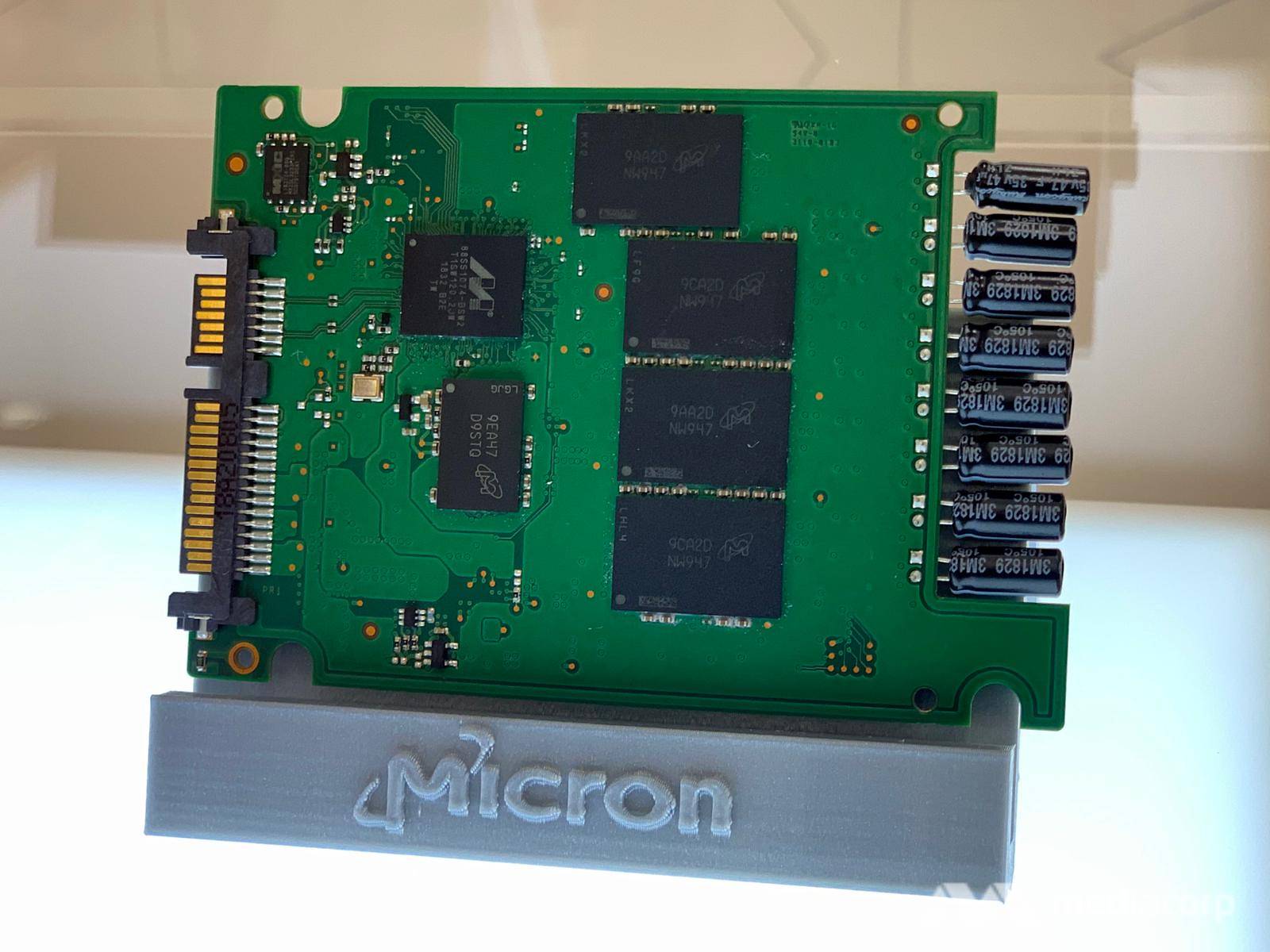SINGAPORE: Singapore is well-positioned to meet the global demand for semiconductors, but it has to keep itself relevant as a semiconductor hub, said Deputy Prime Minister Heng Swee Keat on Wednesday (Aug 14).
“Singapore will need to build on our strong foundations of good connectivity, a pro-business environment and a skilled and adaptable workforce,” he said.
Speaking at the opening of US semiconductor firm Micron Technology’s new and expanded facility, Mr Heng said global demand for semiconductors in the long term remains strong, even as downsides weigh on the industry.
“No doubt the global semiconductor industry is experiencing headwinds this year due to global market uncertainties,” said Mr Heng, who is also Finance Minister. “But these headwinds should be viewed in the context of the ‘semiconductor super cycle’ which took place in the preceding few years – where global demand grew by more than 35 per cent.”
Latest figures released on Tuesday showed that Singapore’s non-oil domestic exports fell 14.6 per cent in the second quarter, as both shipments of electronic and non-electronic exports declined – dragged by slowing global demand for electronics like semiconductors and worsening trade conditions.
The semiconductor industry in Singapore has seen many business cycles, Mr Heng noted.
“Each time, our companies weathered the downturn, took the opportunity to transform and emerged stronger.”
Singapore accounts for 11 per cent of the global market share for semiconductors, and is home to more than 60 semiconductor firms.
READ: After another cut in Singapore’s GDP forecast, what could happen next? Experts weigh in

Solid state drives are used in smartphones, tablets and computers. Such drives are also being increasingly deployed in data centres. (Photo: Brandon Tanoto)
Mr Heng added that recent forecasts suggest that global demand could return to modest growth in 2020, with growth expected to come in at between 2 per cent and 9 per cent each year in the subsequent few years.
“Beyond smartphones and tablets, the consumer demand for other smart devices ranging from TVs to wearables is growing. We are also seeing the rapid advancement and deployment of new innovative technologies,” he said.
These new technologies include artificial intelligence, the Internet of Things and 5G, which will boost demand for semiconductor components.
Micron’s latest expansion is set to meet this demand, as the the new cleanroom space will expand its capacity to produce advanced 3D NAND flash memory chips.
3D NAND is a type of flash memory where memory cells are stacked in multiple layers to achieve higher densities at a lower cost per bit. The technology is used in solid-state drives for products such as smartphones, laptops and servers.
Micron’s new facility at North Coast Drive in Woodlands will add about 500 jobs in Singapore, on top of the approximately 8,000 employees the company has.
Mr Heng said the US chipmaker’s multi-billion dollar investment in Singapore is an example of the continued confidence that global investors have in Singapore’s long-term fundamentals.
In the meantime, he stressed that Singapore must continue to strengthen its semiconductor ecosystem.
“This includes closer collaboration between semiconductor manufacturers and their suppliers, many of which are small- and medium-sized enterprises,” Mr Heng said.
“We must continue to invest for the longer term and strengthen our ecosystem. This way, we will be ready to harness new opportunities when the global demand picks up.”




